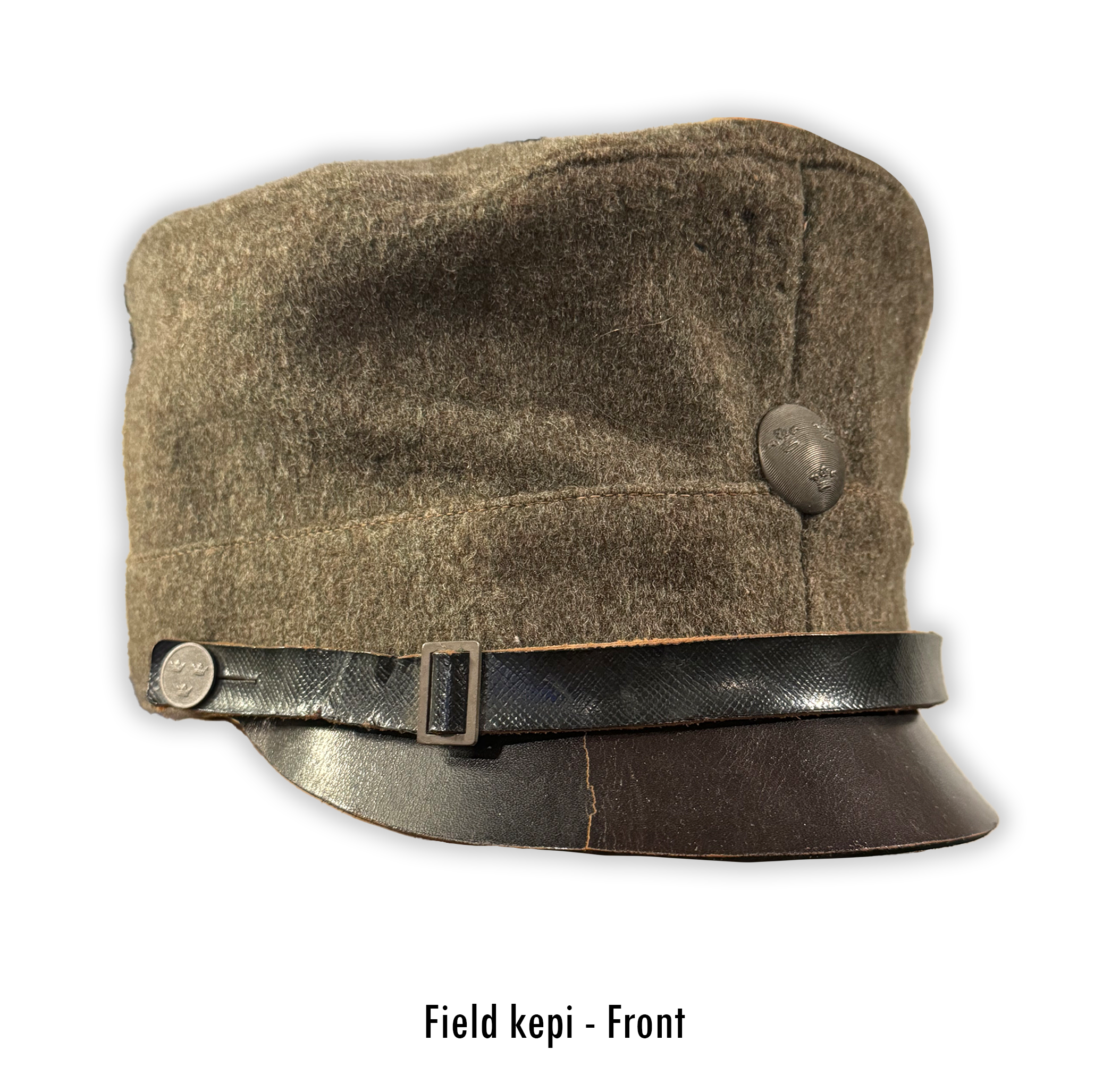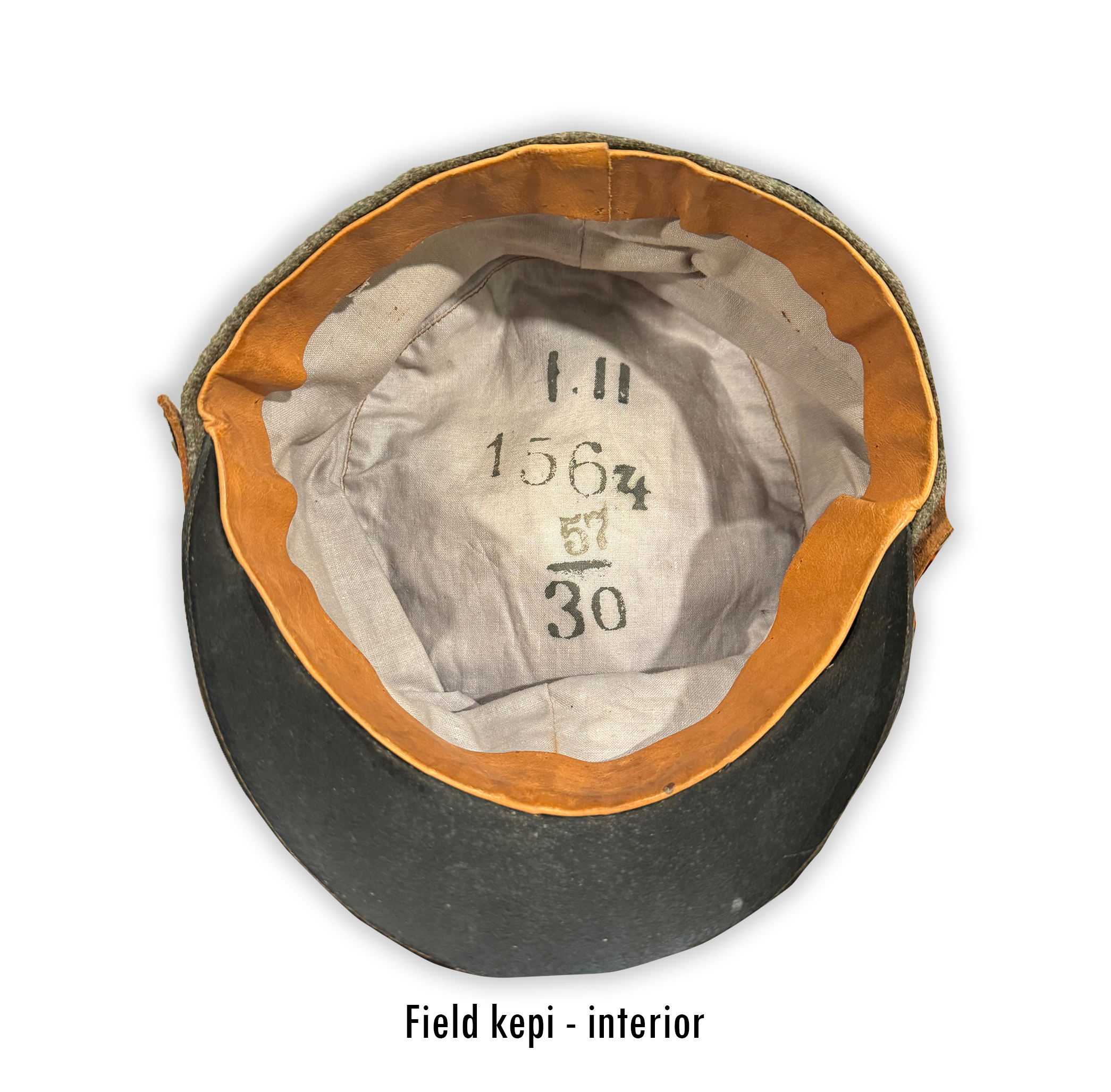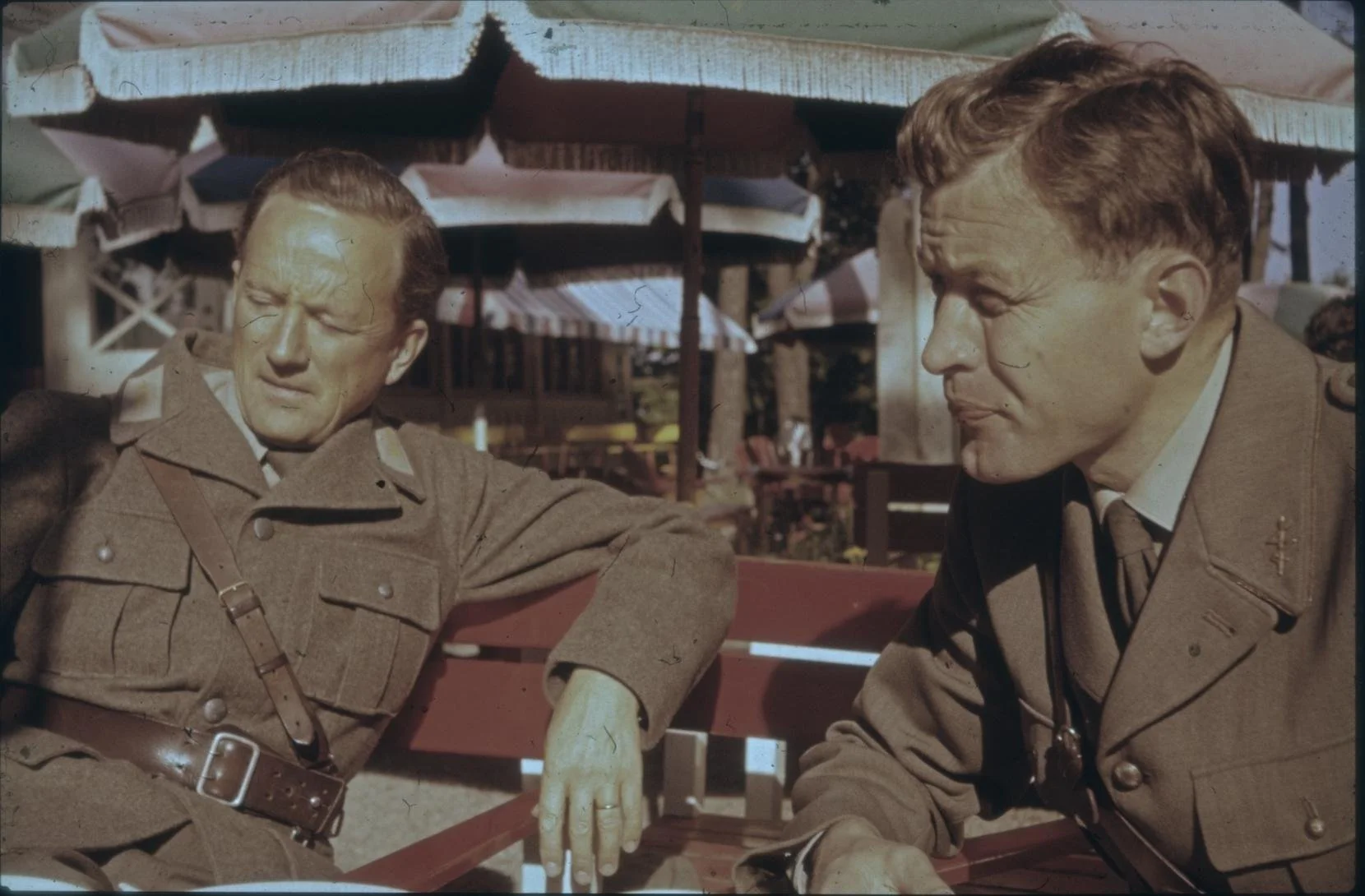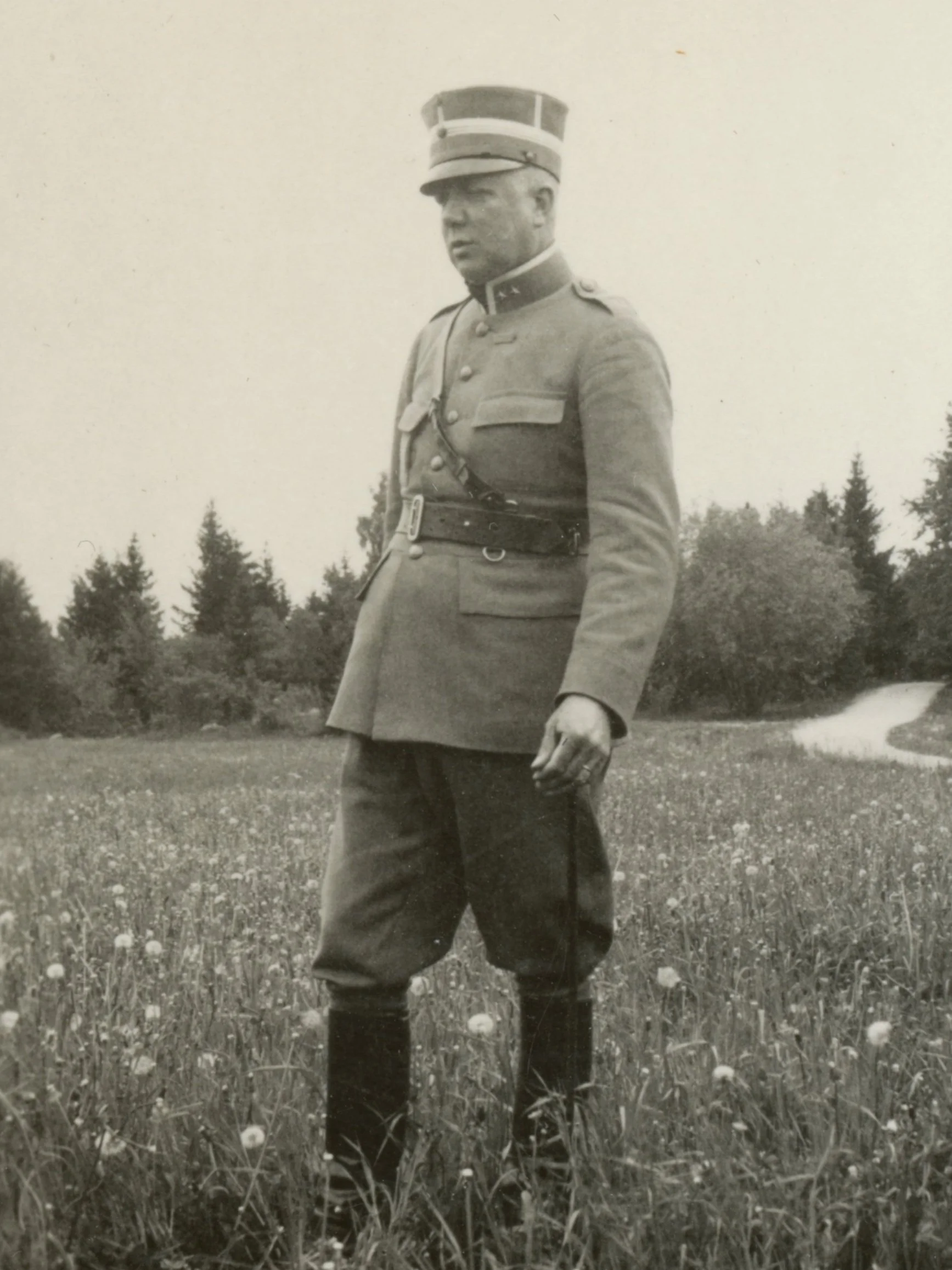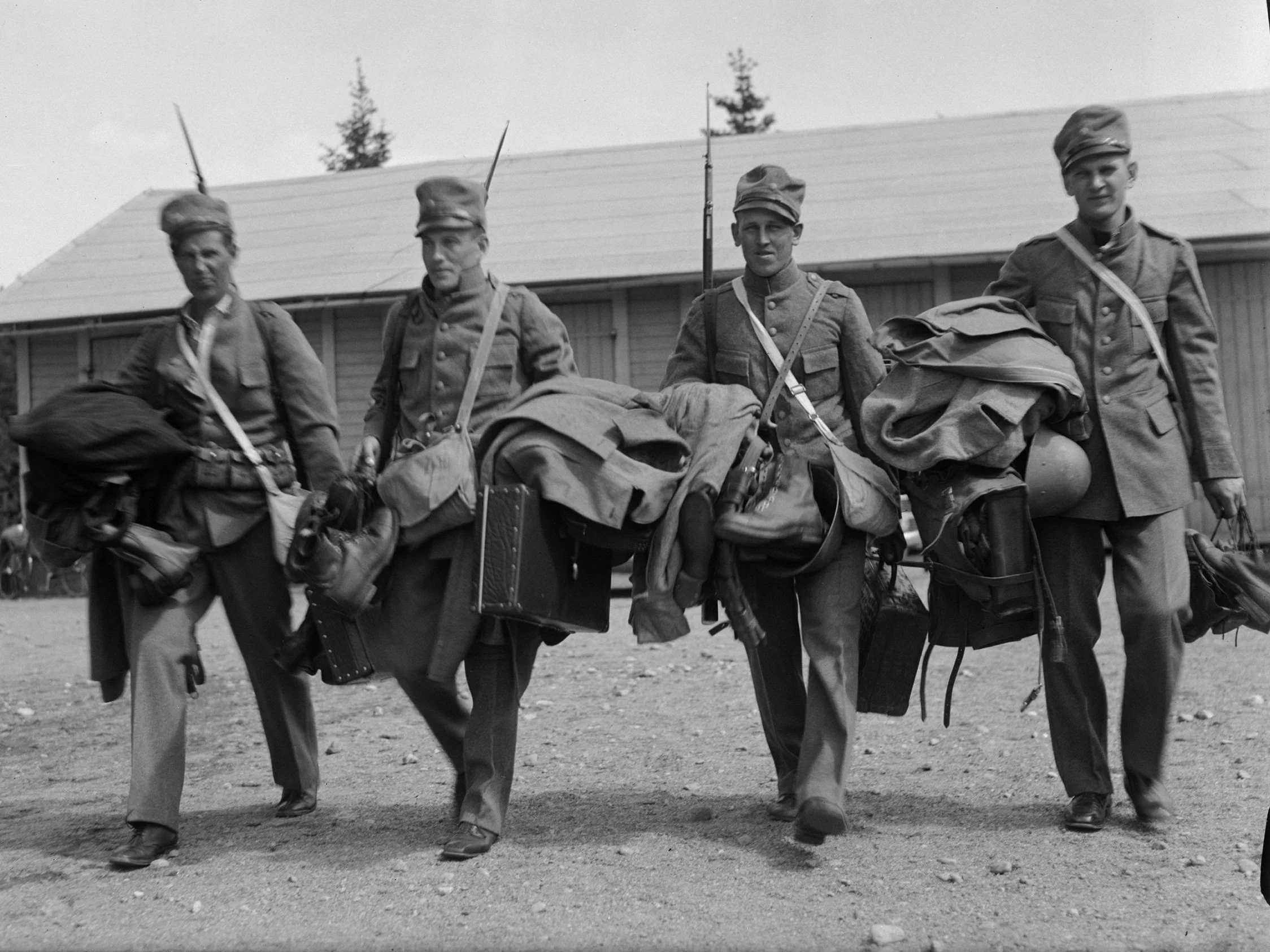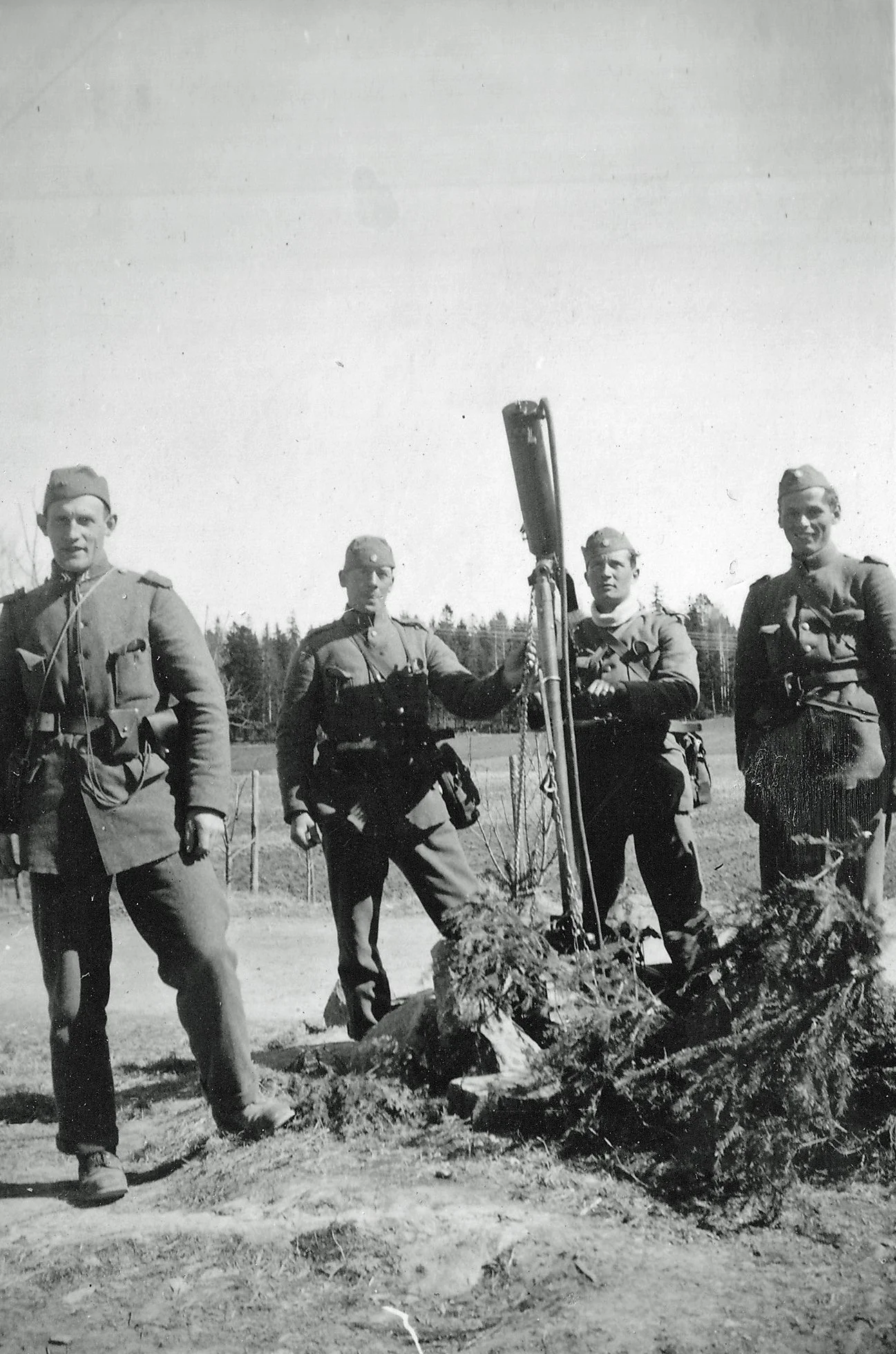
The m/1939-1958 uniform
This webpage is still under development, information, media, format, etc may be subject to change in the future. THANKYOU FOR YOUR SUPPORT!
The m/1939-58 uniform is one of the most common and famous Swedish military uniforms you can find on the market today. Despite its commonality, the m/39-58 has an extensive and often overlooked history, both long and fascinating. Seeing how plentiful the well-established m/1939 uniform was by the 1950s, the decision to convert and renovate the uniform system to uphold the new and improved Swedish military standard and its ever-changing doctrine and landscape was a no-brainer. The m/39-58 would see extensive usage throughout the entirety of the Cold War, until finally being decommissioned from service in the year 2007.
Development
Following the conclusion of World War II, Sweden found itself thrust into a new and far more complex world. Drastic, ever-changing world politics, rapidly improving military technology and doctrine, and the Cold War roiling up throughout the world presented a significant challenge.
By the early 1950s, it became apparent to the Swedish military that the well-established, roughly decade-old m/1939 uniform was struggling to adapt to the increasingly unconventional military landscape. Adding to the problem, the m/1939 uniform and its respective equipment had become tediously complicated or outdated, necessitating a simplified design as well. During this time, the military decided to experiment with a variety of uniform and equipment concepts, some more ambitious than others, hoping a future design would prove fruitful enough to serve as the foundation for a successor to the m/1939. Despite actively pursuing a more innovative successor, the military did not want to abandon the plentiful and well-liked m/1939 uniforms. Therefore, they began to seek out a modernized conversion design. A variety of concepts emerged in 1952, almost all of which emphasized the use of pockets for load bearing. These designs were designated fm/1939-52.
Several design elements from this short-lived period of trials and conceptualization with the experimental uniforms proved beneficial in establishing a path forward for creating a modernized conversion design. The designs would be tinkered with for the next few years, ultimately being placed on hold in favor of developing the more ambitious successor uniform. By 1955, the fm/1955 program was initiated with the bold intention of creating the final future Swedish military uniform. However, efforts to find a conversion design for the m/1939 were not forgotten. The military created a design designated fm/1939-55, which was extensively tested during the 1956-1957 trial period alongside the fm/1955 uniform. The fm/1939-55 foreshadowed its future counterpart, the m/1939-58, with the removal of the shoulderboards, a sewn-shut tail, the incorporation of back pockets, and modifications to the armpit area for improved ventilation and agility. However, its primary trial distinguishing feature would be the iconic fm/1955 trial collar tabs (m/52 tabs). Conversions would also be made to gabardine dress and service m/1939 uniforms for usage by NCO and officers in particular roles (Citation needed). Following the conclusions of the fm/1955 trials, the uniform design would receive some further tinkering for simplification, particularly in the pant designs around the legwrap area.
Finally, in 1958, the uniform conversion design was officially approved for service. Rapid conversion efforts would begin soon after, thus launching the long and fascinating career of the m/1939-58 uniform.
Service history
Following the conclusion of trials the m/39-58 much like its fellow m/58 and m/59 uniform would swiftly begin production and issuing in the ambitious goals of fully replacing the m/1939 uniform. By the mid 1960’s the military would majority wise complete their ambitious goals of fully replacing the m/1939, however the majority of the military would utilize the m/58 and m/59 uniforms, whilst the m/39-58 would be usually although not explicitly reserved for backline and lesser priority units such as signalists, truckers, engineers, supply troops, and branches such as most iconically the Hemvärnet.





